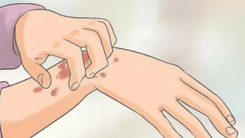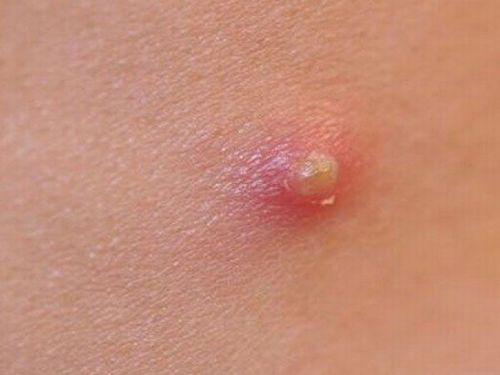Doctor Nguyen Trung Hau, Doctor of Dentistry and Maxillofacial Surgery, Department of Examination and Internal Medicine, Vinmec Danang International General Hospital, provided expert consultation for this article.
Cheek abscess is a localized abscess in the cheek area, cheek abscess can be caused by a tooth that has been infected with decay for a long time. When there is a cheek abscess, the patient has pain or no pain in the area of the cheek abscess.
1. What is a cheek abscess?
An abscess is an inflammatory tissue that forms a soft mass that contains pus composed of bacteria, debris, and white blood cells. When you have an abscess, the area is soft and fluctuant, and it is hot, red, swollen, and unpleasant to touch. What is a cheek abscess? Cheek abscess is an abscess that develops in the cheek area. It can be caused by dental decay and infection over time. Symptoms of cheek abscess can include:
- The patient may or may not experience pain in the cheek abscess area.
- If a tooth infection causes inflammation to spread to the mouth's floor, the patient may experience fever, difficulty eating, weariness, pain, and insomnia.
- The cheek abscess appears red and swollen.
- The pain may migrate to the cheek, ear, and submandibular area.
- Pain limits the ability to open the mouth.
- Excessive salivation, an unpleasant odor, difficulty breathing, and swallowing.

2. Causes of cheek abscess
Dental disorders are the most common cause of cheek abscess. The specific causes are listed below:
- Due to teeth: Teeth with periapical inflammation, teeth with periapical inflammation that are not treated promptly, or abscesses caused by wisdom tooth difficulties throughout their growth.
- Other causes for a cheek abscess include: Other causes of cheek abscesses include complications from previous treatment, trauma, and infections in adjacent areas.
3. Treatment plan for cheek abscess
When suffering from a cheek abscess, accurate diagnosis and treatment are the most effective ways to avoid complications. The goal of treating a cheek abscess is to drain the pus and address the underlying cause. Specific treatment approaches include the following:
- Systematic treatment: Use antibiotics to boost your physical health.
- Local treatment: When the abscess has spread to the oral mucosa, treat it orally. At this point, the doctor will anesthetize the patient before cutting the mucosa at the lowest and most protruding region of the abscess to clearly expose it and drain the pus. Then it is important to irrigate and install a drain.
- Treatment of the main cause: When the abscess spreads to the cheek skin, the external method is used to treat it. The doctor will also anesthetize the patient before cutting the skin beneath the jaw to separate the skin and subcutaneous tissue. Then, insert Kocher clamps into the abscess location to drain pus, irrigate, and place a drain.
- When you have a cheek abscess, you should go to the hospital for an evaluation and treatment as soon as possible so that the doctor may fully treat it and avoid serious complications.

To arrange an appointment, please call HOTLINE or make your reservation directly HERE. You may also download the MyVinmec app to schedule appointments faster and manage your reservations more conveniently.













